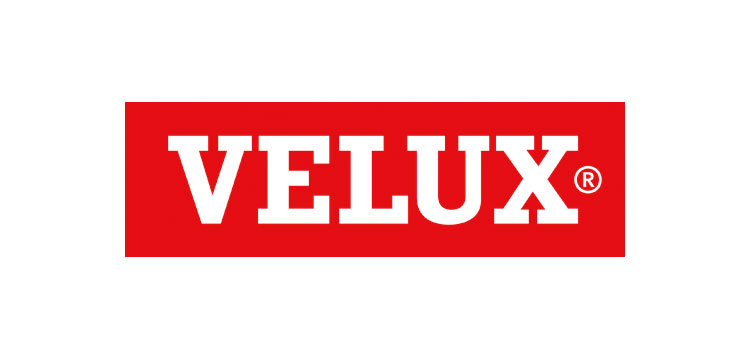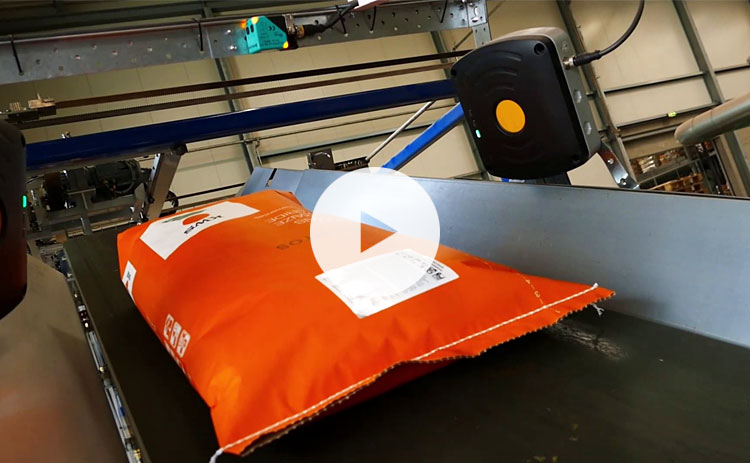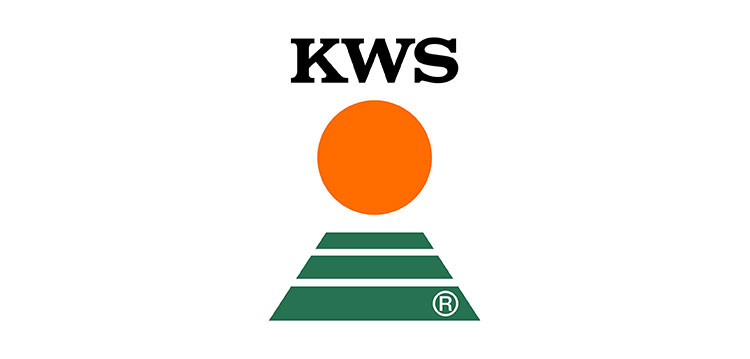Traceability / Track and Trace
Traceability experts in production and logistics
Our solutions offer you digital tracking, visualization and documentation of components, products or batches - across the board from production ( traceability ) to logistics ( track and trace ) between your various production stages. This enables you to lay the foundation for consistent quality and reduce rejects and production errors.
Do you know this as well?
We are the right partner for the following challenges:
- You have machines & equipment and do not know their overall equipment effectiveness ( OEE )
- single product defects always lead to the blocking of entire batches
- the identification of articles in production and logistics is much too time-consuming
- the search for production orders determines the daily work of your employees
- there is no central database in production to assess weak points
Click here for an overview of all our AutoID / RFID project examples.
- If there is a problem with one of the products, then it is important to know which products were manufactured at the same time or under identical production conditions.
How do you get this knowledge?
First of all, a root cause analysis is carried out to find out when and in which process step the defect occurred. If the defect is already present in purchased articles, batch characteristics can be used to quickly identify and block the affected end products. This is the core function of the ERP system. If the error has occurred in the company's own production process and only individual parameters have temporarily deviated from the target value in the process, it is important to know which products were also affected at the same time. A traceability system at the component or goods carrier level enables the targeted blocking or recall of end products and avoids the recall of entire batches.
- A significant economic benefit of traceability is gained through the evaluation and use of the data. Traceability systems are indispensable for high and consistent quality in production and logistics. Real-time material inventory management reduces downtime, overtime due to missing material and enables automated replenishment in the event of production errors, inventory reductions due to higher planning accuracy, and optimization of throughput times based on resilient processing and transport times.
- CO2 footprint
The sustainable production of end products is increasingly playing a decisive role in sales and market relevance. Traceability solutions create the basis for recording individual end-product-specific information within production. Only with this data can reliable statements on the emissions generated be calculated.
Locating containers, packs, but also orders (mostly means of transport with order papers) is a major challenge for many companies. With adequate identification solutions and workflows, search times and obstructions in the production process can be reduced to a minimum. The use of traceability solutions makes a decisive contribution to eliminating search processes and, in addition, providing the company with decision-relevant information. This makes it possible to exploit optimization potential and streamline the organization of the operating process. In addition to identification at neuralgic points, the provision of the information obtained is also an essential component of a traceability system.
Digital tracking of your components, products or batches.
We work with you in an agile environment and under practice-oriented Scrum methods to develop the individual requirements and time conditions of your production line and offer you targeted track and trace solutions to optimally coordinate the processes in production and logistics.
Benefit from our years of experience with database-supported AutoID tracking, visualization and documentation in the areas of production, logistics and supply chain as well as from our powerful AutoID/RFID middleware GRAIDWARE for order processing up to batch size 1.
Digitizing traceability allows you to time-stamp your production parts and add process parameters to a digital life file. The visualization on different terminals helps your employees to optimize the sub-processes and to connect them via an automated track and trace.
What is traceability?
Traceability is the traceability of products or merchandise in their creation, processing, storage, use and disposal. Within a production process, data is digitally recorded and used for process optimization. This is also referred to as a "digital twin" whose product history is documented in IT systems. There are many industries, such as aviation, medical technology, the food industry, etc., in which the legal requirements can only be met by means of traceability solutions.
For us, traceability is the digitalization of processes in production and logistics. We focus on a step-by-step introduction that supports both the worker on the store floor and provides the plant management with live and complete information about what is happening in the plant. The result is reference applications of which all project participants are proud.
Monitoring and documenting quality parameters is a top priority for most manufacturing companies. Modern machines and systems make their process parameters available via OPC UA, among other things. Traceability then focuses on efficient linking to the individual component in order to be able to draw conclusions about deviations in quality parameters in the subsequent process. Permanent data acquisition and evaluation leads to a lasting increase in quality.
In the context of traceability, most users associate the classic product recall of foodstuffs, medical products, automobiles, etc., with the recall of a defective batch.
As soon as the manufacturer detects a defective batch of a product, he starts a targeted product recall on the basis of the end product documented by means of traceability. Only the batches actually affected by the defect are recalled from the market thanks to traceability monitoring. In various industries ( food, medicine, ... ) traceability is a mandatory legal requirement.
The satisfaction of a customer is measured by the adherence to delivery dates and the quality of the delivered products. With comprehensive traceability in production, the processing status can be determined without time-consuming research and the customer can be reliably informed about the delivery date at any time. With the simultaneous monitoring of quality parameters, assured delivery characteristics can be guaranteed and, should deviations occur, the customer can be informed professionally and in detail.
The increasing variance of end products, with a simultaneous reduction in the production quantity per batch, is faced with an increasing expectation of delivery speed. Increasingly, single orders in batch size 1 are loaded into a series production and can only be produced efficiently by efficient traceability systems and connected control station solutions with integrated sequence control.
An item produced to a high quality only retains its value if it is also delivered to the right customer at the promised time.
It is not uncommon for products to be mixed up during loading and shipped to the wrong recipient. Traceability and track and trace solutions prevent incorrect loading and thus help to increase delivery reliability.
In many use cases, heterogeneous marking and identification methods are used.
Driven by environmental conditions ( temperatures, contamination, ... ), types of identification ( manual scan, automatic identification without visual contact, single reading or bulk reading, ... ) and last but not least the monetary framework conditions ( from simple barcode labels to active transponders with RTLS ) the ideal identification methods have to be evaluated for the respective application.
For the respective object marking such as product, container, storage location, forklift etc., we often also use different technologies within the production and logistics of a company in order to be able to map a holistic and efficient traceability / retraceability.
Barcode or 2D code labels / markings are still used for the most cost-effective product and goods carrier identification ( UDI, batch, serial numbers, ... ). If these can be identified automatically in the production process via fixed camera solutions, efficient identification for traceability / track and trace can also be implemented. Otherwise, a time-consuming manual scanning process takes place.
RFID transponders are suitable in a wide variety of scenarios for the sightless individual and mass reading of objects. UHF transponders in particular can be activated contactlessly over several meters using electromagnetic waves and then identified. This means that they can be clearly assigned to specific production and logistics processes.
HF RFID: HF transponders are activated with electromagnetic waves, but can often only be read at a distance of a few centimeters due to their low frequency ranges. The influence of interfering factors such as liquids and metals is very low and the readings are limited to individual transponders per reading process. Typical application scenarios are the identification of goods carriers in directed production processes.
NFC: Near Filed Communication technology is used, among other things, for end product identification. Whether clothing, admission tickets, etc. - the objects marked with NFC can be identified with a professional reader system as well as with modern smartphones and ensure protection against plagiarism.
An identification by means of RTLS ( real-time locating system ) localization includes the marking of moving objects ( transport trucks, forklifts, vehicles, ... ) within a production and logistics for the precise localization of the object in the company premises ( indoor and outdoor ) and for the documentation of time-critical logistical movements.
Application example: A semi-finished product may be stored for a maximum of 1 h after the first production step until the next production step. To monitor the process flow, it is important to always know the exact storage location of the semi-finished product and to monitor its remaining time until the next production step. By means of localization, it is possible to see at any time where the semi-finished product is located on a monitored transport carriage, for example, and what remaining time is left until the relevant production step.
GPS tracking is ideal for tracking objects in outdoor areas. Here, the moving object itself or its means of transport is permanently tracked. In combination with another identification technology, efficient outdoor tracking and tracing solutions can also be implemented.
Application example: For tracking trailers outdoors, the trailer would be identified by UHF RFID as soon as it is coupled to a tractor equipped with GPS tracking. When the tractor uncouples the trailer, the GPS coordinates are determined and assigned to the trailer.
Parameters / Technology | Barcode 2D-Code / Datamatrix | UHF RFID | HF RFID / NFC | RTLS Locating | GPS Locating |
data access | 1*write, n*read | n*write, n*read | n*write, n*read | n*write, n*read | n*read |
simultaneous number of readings | single | bulk | bulk | bulk | bulk |
communication | unidirectional | bidirectional | bidirectional | bidirectional | bidirectional |
data transmission | optical | wireless | wireless | wireless | wireless |
max. distance | 0 - 20 m | typically 0,01 – 12 m | up to 70 cm | typically up to 80 m | unlimited |
challenges | soiling, fading, damage, covers, lighting conditions | Influence by metal and liquids | very short reading distance | Influence by metal & fluids, dependence on external power supply. | Indoor positioning |
personnel expenditure | yes | no | no | no | no |
labeling costs | low | medium / high | medium | high | high |
How it works:
Our traceability solutions are used around the clock in process-critical production and logistics processes, making it all the more important to monitor the AutoID devices and services. The monitoring solution of our management terminal manages the process components and visualizes their status. As soon as, for example, an RFID reader or server service fails, this becomes visible in the application and the administrator as well as the production manager receive a message about the failure.
Traceability is based on the identification of relevant objects (such as products, load carriers, orders, etc.) and the collection of further process data, including machine data, employee feedback on terminals, data from ERP systems and other software systems in use. The collection and sorting of data is done by software, which also has to track the objects to which the object-related data is assigned.
The costs for traceability solutions depend primarily on the scope of the mapped processes, the hardware used, and the integration of third-party systems such as MES, ERP, WMS, machines, etc. Smaller traceability solutions for identifying and locating objects can be implemented for as little as 10,000 to 30,000 euros. More extensive projects, on the other hand, can cost up to several 100,000 euros.
Various aspects must be taken into account for the return on investment of a traceability solution for identifying and locating articles and components in production and logistics. It is not sufficient to consider only the rejection costs.
Roughly speaking, you should examine process costs, defect follow-up processes, direct defect costs and capital commitment (inventory reductions).
In the ISO 9001 standard of the International Organization for Standardization, traceability is a component.
In most cases, it is more efficient to "marry" the data with the RFID transponder ID, the EPC, for successful tracking. This allows larger amounts of data to be linked to the tracked objects and evaluated later.
A modern traceability solution for use in logistics and production is characterized by automated identification based on a wide range of technologies and the possibility of exchanging any number of data via various interfaces with systems such as MES, ERP, forklift control systems, WMS, etc..
Furthermore, traceability solutions enable the monitoring of processes & devices as well as the use of layouts and other representations for a clear location of searched objects or further information, which is illustrated in our reference reports with practical examples. In addition, they offer dashboards, user management, convenient administration and - if required - a notification function when relevant events occur.
Via identification technologies such as 1D, 2D codes, RFID, GPS and also via manufacturing data per product, component, order from the interpretation and assignment of data from machine communication.
Process and status data for each object form the basis for optimizing processes by creating transparency in operational processes and identifying bottlenecks. These can be eliminated in the short term with reorganization and output increased without necessarily requiring new investments in additional capacity.
Basically, it is necessary to define what should be traceable. Should it be individual products or other objects such as load carriers or individual containers? Or is it the order for which traceability is to be created. Then it is necessary to decide which identification technologies would be suitable and which of them would bring the greatest advantages. Further questions regarding data acquisition from systems/machines and data exchange with the ERP software must also be clarified at the beginning.














